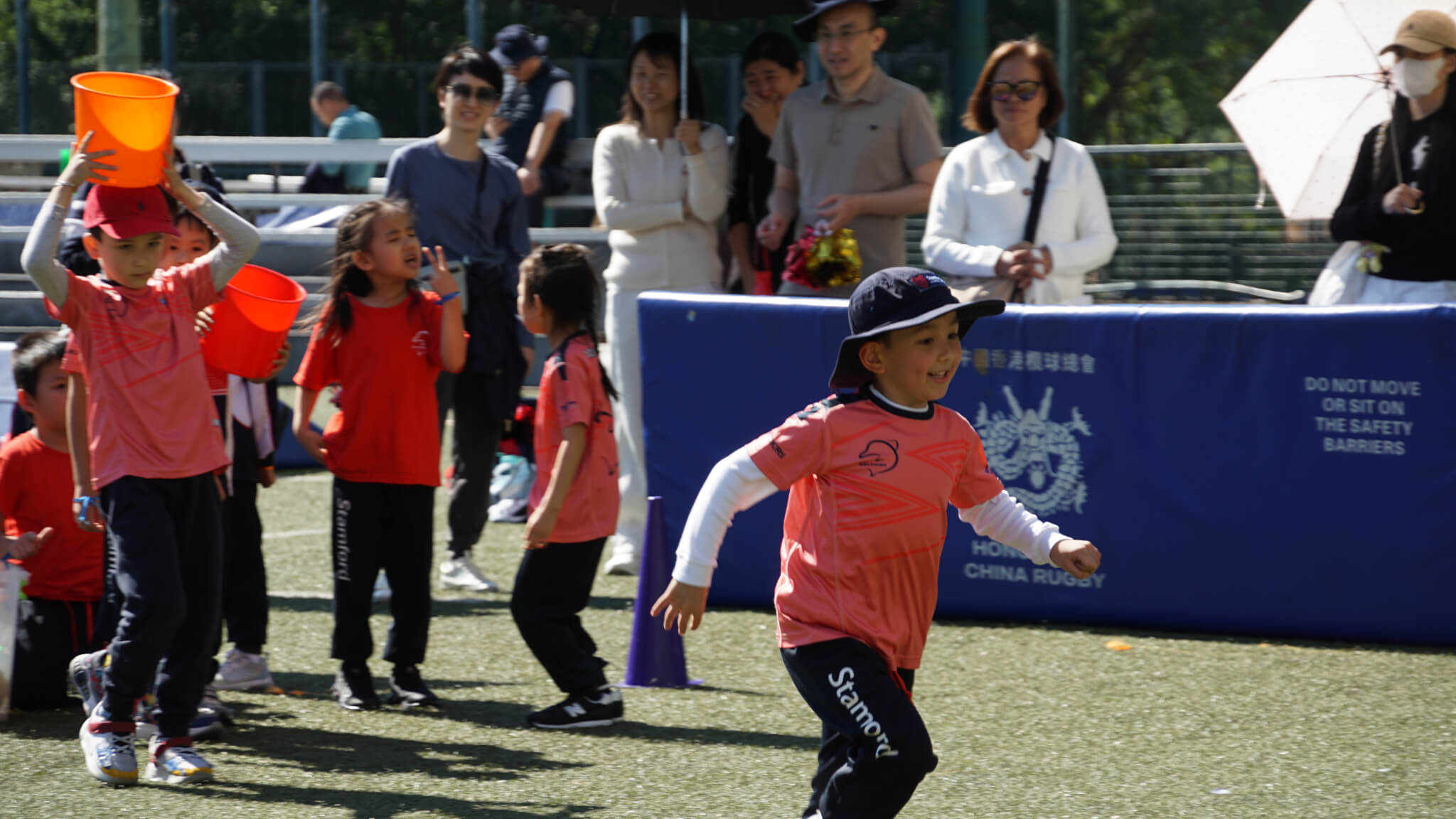Picture a child setting up a pretend bakery using clay as pastries, a cardboard box as a cash register, and classmates as customers. To the untrained eye, it may seem like simple fun. But underneath the laughter and imagination lies complex learning in motion — cognitive planning, social interaction, numeracy, and language development, all unfolding naturally through play.
As educators and parents explore new trends in education, one concept continues to gain traction for its developmental benefits: play-based learning. But what is play-based learning, and what does science say about its impact on child development? In this article, we’ll explore its true definition and the research-backed benefits of play-based learning that make it a vital approach in early education.
Defining Play-Based Learning: What It Truly Is
Play-based learning is an educational approach that integrates purposeful play into the learning process. More than letting children play freely, it’s a structured yet flexible method where learning objectives are achieved through child-led activities, thoughtfully guided by educators.
Core elements of play-based learning include:
- Child-initiated and directed play, allowing learners to explore their interests.
- Teacher guidance, not instruction, where adults scaffold and extend learning.
- Hands-on activities that encourage active, experiential learning.
- Exploration and discovery, which promote problem-solving and critical thinking.
- Social collaboration, where children build communication and empathy.
- Intrinsic motivation, making learning feel joyful and meaningful.
Unlike traditional teacher-led instruction, which often relies on passive listening and repetition, play-based learning allows children to construct knowledge in a way that feels natural and engaging.
The Science Behind Play-Based Learning: Evidence and Benefits
Scientific research has consistently highlighted the benefits of play-based learning across all areas of a child’s development. From thinking skills to emotional resilience, here’s how play fuels powerful growth.
Cognitive Development
Play isn’t just recreational; it’s a fundamental driver of brain development. Through play, children engage their imaginations and develop critical thinking and creativity. Constructing a tower out of blocks? That’s spatial reasoning and problem-solving in action. Role-playing as a veterinarian? That’s symbolic thinking and vocabulary building.
Studies show that play-based learning enhances memory, strengthens attention span, and supports early literacy and numeracy skills. Children begin to recognize patterns, count objects, and understand cause and effect, all while immersed in play scenarios that spark curiosity and engagement.
Social and Emotional Growth
One of the key benefits of play-based learning is its effect on social development. As children negotiate roles, share resources, and resolve conflicts, they cultivate essential life skills. Play encourages empathy, patience, and teamwork, helping children understand different perspectives and build stronger emotional intelligence.
Additionally, play-based learning offers a safe environment for expressing emotions and practicing self-regulation. Children gain a sense of control and independence, laying the groundwork for confidence and resilience.
Physical Development
Active play is vital for motor skill development. Whether it’s climbing on playground structures, molding playdough, or dancing to music, these activities promote body awareness, coordination, and muscle control. Experts highlight that these movements support both gross and fine motor skills, which are essential for tasks like writing, self-care, and sports.
Motivation and Engagement
Perhaps one of the most compelling arguments in favor of play-based learning is its ability to boost intrinsic motivation. When learning feels fun and purposeful, children are more likely to stay engaged and absorb information deeply. As educators explore methods like gamification in education, the link between enjoyment and academic success becomes clearer.
The Teacher’s Role in Play-Based Learning
While the child leads the play, the educator is far from passive. Teachers play a pivotal role in designing a supportive and stimulating environment. They observe play to assess learning, ask thoughtful questions to extend thinking, and introduce challenges that align with curriculum goals.
Effective play-based learning also involves scaffolding, which is the act of subtly guiding children to explore new ideas and concepts. For instance, a teacher might introduce new vocabulary during a pretend restaurant game or add measuring cups to a water table to spark early math discussions.
Practical Examples of Play-Based Learning Activities
Here are some real-world examples of play-based learning in action:
- Dramatic Play: Setting up a pretend grocery store where children exchange play money, write shopping lists, and take turns as cashier and customer.
- Construction Play: Using blocks, LEGO, or recycled materials to build structures, fostering engineering skills and teamwork.
- Sensory Play: Exploring materials like sand, water, and clay to stimulate touch and fine motor control.
- Outdoor Play: Nature walks, obstacle courses, and scavenger hunts to enhance observation, coordination, and physical health.
- Games and Puzzles: Encouraging logical thinking, rule-following, and memory retention.
- Creative Arts: Painting, music, and storytelling to build imagination and self-expression.
Each of these activities is carefully designed or guided to connect play with meaningful learning outcomes.
Common Misconceptions About Play-Based Learning
A common myth is that play equals wasted time. But research consistently shows that play-based learning is a valid, effective educational approach — not just “fun for fun’s sake.” While the experience is joyful, it’s also deeply purposeful, with clear learning objectives.
Another misconception is that it lacks academic rigor. In truth, play-based learning can lay a stronger foundation for future academic success by nurturing a child’s ability to think critically, solve problems, and engage with the world in thoughtful ways.
Conclusion: The Case for Choosing Play
The science is clear: play-based learning fosters whole-child development — cognitive, emotional, social, and physical. By empowering children to learn through curiosity and discovery, it cultivates lifelong learners who thrive in and beyond the classroom. As educators and families explore new frontiers in teaching, embracing play is not only a choice but also a necessity.
If you’re looking for a learning environment where innovation, exploration, and purposeful play come together, Stamford American School Hong Kong provides a nurturing space for students to thrive. With an inquiry-driven curriculum and a commitment to holistic development, SAIS champions educational practices that prepare children for success in a changing world.





